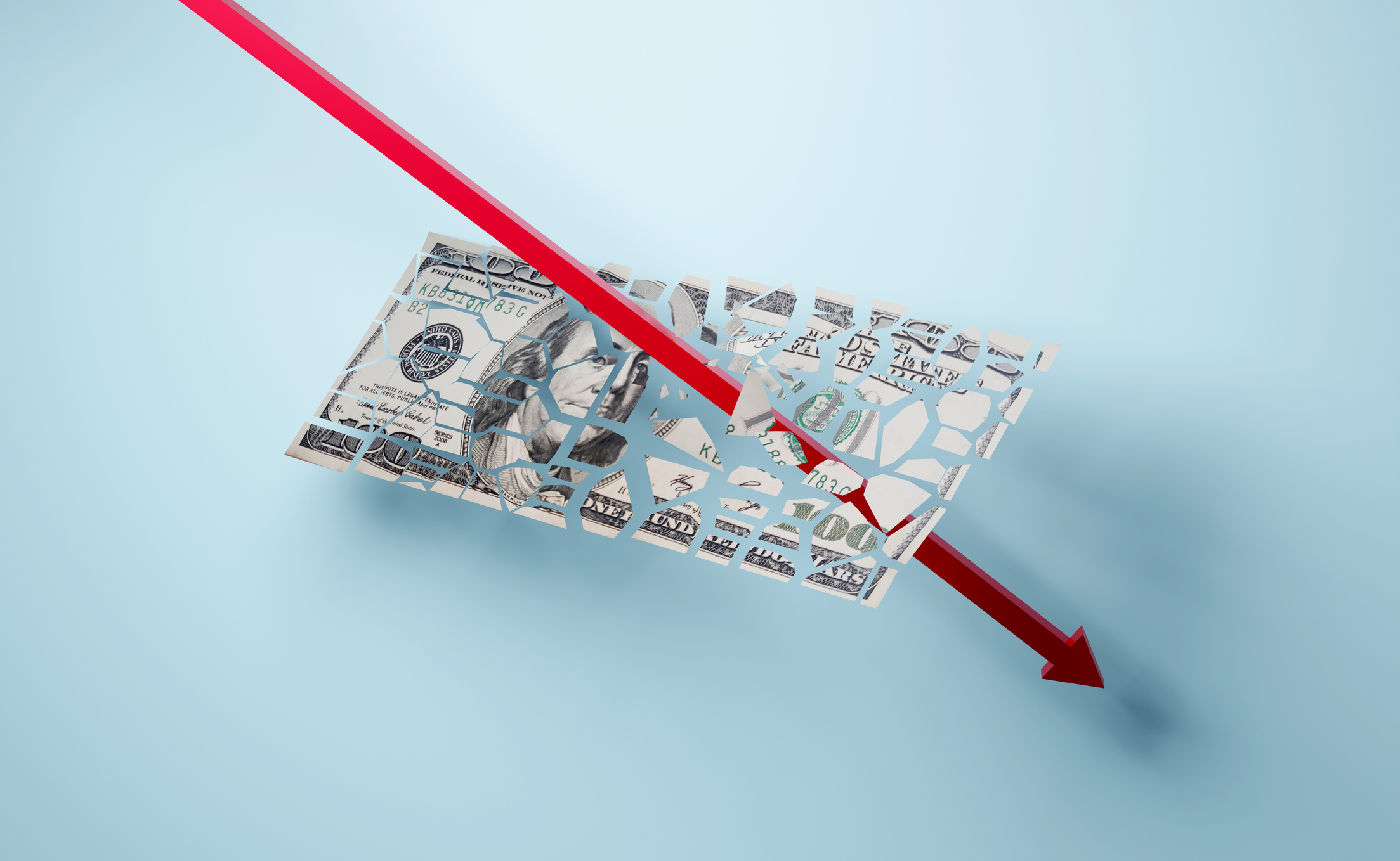This week in history: The integrated circuit is patented
Robert Noyce's design for an integrated circuit helped usher in the modern era of computers and earned him a Nobel Prize in Physics.


In the early days of computing, one of the biggest problems was the huge size of the machines. This was due to the large vacuum tubes that controlled the electricity that went through each circuit in the computer. As a result, even the simplest computers could take up a whole room.
A partial solution came in 1947 when the vacuum tube was replaced by the smaller and more reliable transistor. This drastically reduced the size of computers.
However, even with this advance, engineers quickly found that the size of the transistors, as well as the wires and other parts of the circuits, still limited the complexity of the circuits they could build.
MoneyWeek
Subscribe to MoneyWeek today and get your first six magazine issues absolutely FREE

Sign up to Money Morning
Don't miss the latest investment and personal finances news, market analysis, plus money-saving tips with our free twice-daily newsletter
Don't miss the latest investment and personal finances news, market analysis, plus money-saving tips with our free twice-daily newsletter
In 1958, Jack Kilby at Texas Instruments and Robert Noyce of Fairchild Semiconductor both independently came up with the idea of the integrated circuit'. The idea was to produce the whole circuit, including transistors, on a single block of semiconductor material (known as a computer chip).
Kilby was first to come up with the idea, but Noyce's design, which used silicon rather than germanium, was seen as more efficient and suitable for mass production. They shared the Nobel Prize in Physics in 2000.
Since the development of the integrated circuit, computer companies have focused on increasing the number of transistors on each chip. One of the top chip manufacturers is Intel, which Noyce co-founded with Gordon E Moore in 1968.
Moore is known for the observation that the number of transistors on a single chip tends to double every two years. Experts agree that Moore's Law' has generally held true since 1971, resulting in a huge increase in computer speed and power over time.
Get the latest financial news, insights and expert analysis from our award-winning MoneyWeek team, to help you understand what really matters when it comes to your finances.

-
 Goodwin: A superlative British manufacturer to buy now
Goodwin: A superlative British manufacturer to buy nowVeteran engineering group Goodwin has created a new profit engine. But following its tremendous run, can investors still afford the shares?
-
 Is US stock market exceptionalism over?
Is US stock market exceptionalism over?US stocks trailed the rest of the world in 2025. Is this a sign that a long-overdue shift is underway?